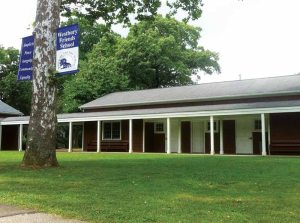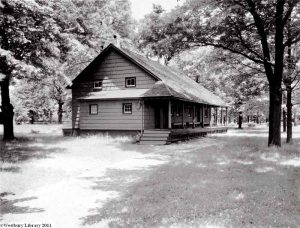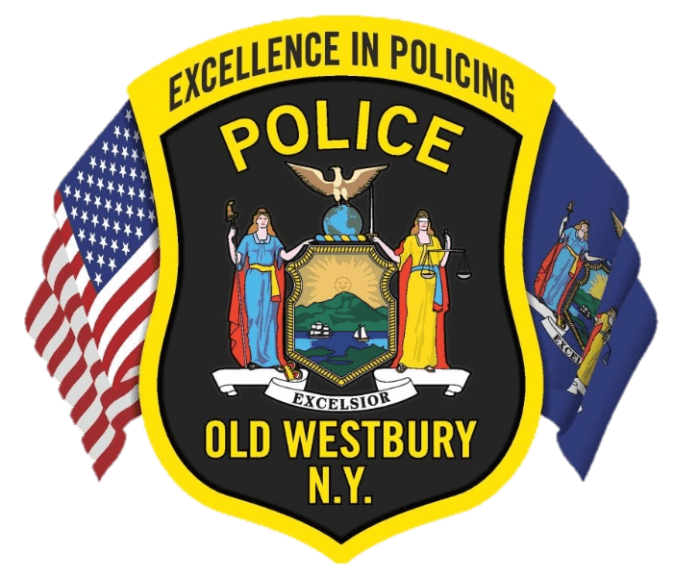
The Village of Westbury recently designated six sites as historic landmarks in an effort to celebrate the rich foundation the community was built upon. In the coming weeks, The Westbury Times will be taking a closer look at these significant sites, which have had an indelible effect in shaping Westbury into the community it is today.
The Quakers first settled Westbury in the 1650s, and since then, have had a lasting impact on not only the religious scene, but on politics and society as well. The Religious Society of Friends Meeting House, located on the corner of Jericho Turnpike and Post Avenue, was built in 1902—though the original meeting house was founded in 1701—and has played a major role in creating the Westbury of today.

(Photo courtesy of the Westbury Memorial Public Library)
In 1957, the Westbury Friends School was opened on the property, which currently educates children ages nursery through first grade. Staying true to its long-ago-established Quaker values, the school focuses on simplicity, peace, integrity, community and equality, said Westbury Friends Meeting member Martha Smith. The other school on campus, Brookville Center for Children’s Services, is dedicated to pre-school children with special needs.
The cemetery on site is another crucial component of the meeting house’s history, as one of the first cemeteries to allow burials regardless of race. Some of Westbury’s most notable people are buried there—including members of the Hicks and Post families—and the cemetery is still in use today.
When considering its longevity and the effects that Quaker ideals still have on the community of Westbury, it is not hard to understand why the Westbury Friends Meeting House was chosen as one of six Westbury sites to be given historical landmark designation. The meeting house is not only a religious building, but a symbol for the open, inclusive mindset Westbury has upheld for centuries, as one of Long Island’s oldest and most diverse communities.
“[Quakerism] has had much more than a religious impact,” said Westbury Village Historian Gary Monti, highlighting the Quakers’ role as some of the earliest abolitionists in the United States. Not only did they free their slaves in the 1700s, but they also established the Charity Society to help educate the children of former slaves, said Smith.
The influx of immigrants to Westbury has also contributed to its current diverse demographic, beginning with the first wave of immigration from Europe in the 1600s and continuing with the modern wave of immigration from Latin America today.
Monti highlighted some of the inclusive characteristics ingrained in Westbury society, including the prevalence of interracial couples, even among the elderly—something that was frowned upon in other areas during the early-mid 20th century. On the contrary, intermarrying was supported in Westbury, which Monti attributes to the Quaker attitude of acceptance.
It is the goal of the meeting house to “aspire to a thriving membership in our spiritual home, good stewardship of the property we have inherited, and the preservation of our peaceful setting for like-minded members of our community,” according to an internal document of Westbury Monthly Meeting.
The Friends Meeting House is essentially a representation of what the Westbury community as a whole aims to capture, a welcoming atmosphere and the embracing of differences, stemming from the fundamental ideas of those who settled here more than 350 years ago.




























